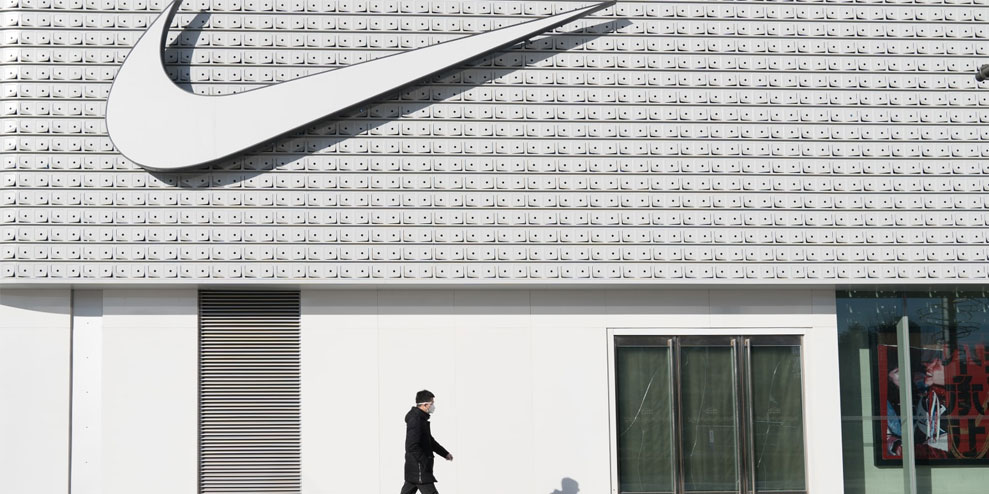Nike, the sporting-goods manufacturer, is pursuing a four-stage approach as it responds to COVID-19 and then seeks a return to long-term growth once the crisis begins to recede.
John Donahoe, Nike’s chief executive, discussed the quartet of strategic pillars that support its Coronavirus response – namely, “containment”, “recovery”, “normalisation” and “return to growth” – on a conference call with investors.
The first phase of Nike’s response to COVID-19 involves “containment of the outbreak,” he explained, over a timeframe that will, necessarily, vary by country.
In this period, stores are closed – and Nike pivots wherever possible to provide digital services to consumers that will be spending a lot of time indoors That approach has already proved efficacious in China, Japan and South Korea.
“Stores were closed, but the e-commerce growth in all three markets remained strong during that time, augmented by Nike’s connecting with consumers around being active while at home,” Donahoe said. (For more, read WARC’s in-depth report: Nike’s four-step strategy to look beyond COVID-19 – and return to growth.)
The main indicator of the “recovery” is that physical stores reopen – a phase that Nike’s operations in China, Japan and South Korea have effectively passed through once.
“Consumers are back on the streets and we’re seeing … retail traffic is coming back. Consumers are in the stores. They’re engaged, they are often wearing face masks, but they’re back on the street,” said Donahoe.
In the “normalisation” phase, business conditions begin returning to pre-crisis levels. Nike’s local sales for the current quarter in China, for instance, are forecast to be roughly flat year on year, rather than declining.
“Our digital business in China has accelerated even further over the past months and we are now seeing double-digit increases in retail traffic week over week, with some stores having already returned to prior-year levels,” Donahoe reported.
The final stage is “returning to growth”, with building ever more powerful online and offline experiences and enhancing its position in key cities like New York, London and Shanghai being a major priority.
“What we’re seeing in Japan, China and Korea is that seamless digital/physical experience is responding to what consumers want,” said Donahoe.
–
This article first appeared in www.warc.com
Seeking to build and grow your brand using the force of consumer insight, strategic foresight, creative disruption and technology prowess? Talk to us at +9714 3867728 or mail: info@groupisd.com or visit www.groupisd.com


